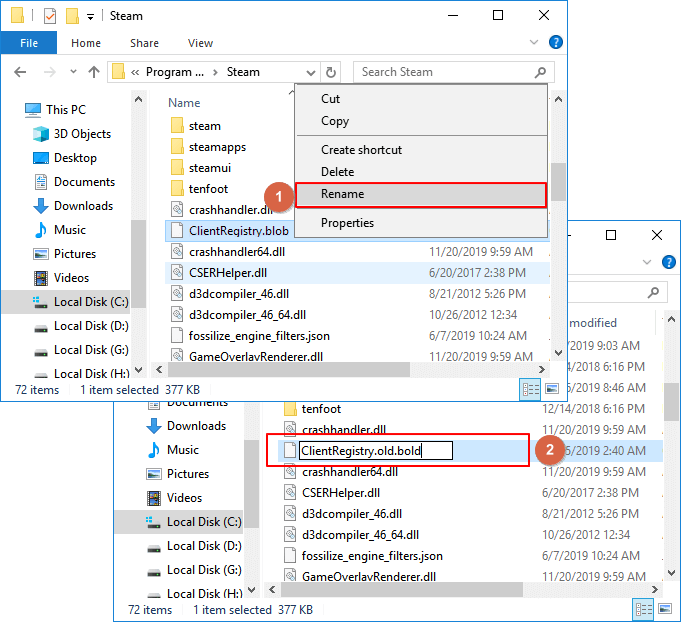
Meitner and Frisch predicted that krypton must be the other product of this fission reaction, and soon afterwards Frisch, upon returning to Copenhagen, verified this prediction. The neutrons were causing the uranium nuclei to split, generating barium, an element with atoms a little over half the size of those of uranium. They were puzzled by the observation that barium was produced upon irradiation of uranium with neutrons, and it was not until Christmas of 1938 that Meitner, whilst walking with her nephew Otto Frisch, realised what was happening. She moved to Stockholm and continued to communicate with Hahn frequently by letter. In the 1930s, they worked together on irradiating uranium with neutrons, but before they were able to complete their studies the rise of Nazism forced Meitner, a Jew, to flee Germany in 1938. It was there that she met chemist Otto Hahn, with whom she had a long and productive scientific collaboration. She managed, in very difficult circumstances, to graduate in physics with the equivalent of a PhD and in 1907 moved to the Kaiser Willhelm Institute in Berlin, to begin researching in the new field of radiochemistry. Meitnerium was named after the Austrian physicist Lise Meitner, born in Vienna in 1878. Meitnerium, the topic of this podcast, with the symbol Mt and atomic number 109, sits in the middle of this band in group 9 underneath cobalt, rhodium and iridium.

These transactinide, or 6d elements, begin with element 104, rutherfordium, which lives in group 4 under hafnium, and extend to element 112, very recently named copernicum, situated below mercury. Toward the end of the 20 th century, however, the extension of the periodic table beyond lawrencium, which had been well under way since the 1970s, was increasingly well recognised in the chemical community, and modern periodic tables feature a new row of elements situated in their rightful place at the foot of the transition metals. These periodic tables typically stop at element 103 - lawrencium - which is the final element in the actinide, or 5f series. Political stability of top reserve holderĪ percentile rank for the political stability of the country with the largest reserves, derived from World Bank governance indicators.Ī flick through older chemistry textbooks, and even a quick look in some university chemistry lecture theatres, reveals a periodic table with only three rows of transition elements. The higher the value, the larger risk there is to supply.Ī percentile rank for the political stability of the top producing country, derived from World Bank governance indicators. The percentage of the world reserves located in the country with the largest reserves. The higher the value, the larger risk there is to supply. The percentage of an element produced in the top producing country. Low = substitution is possible with little or no economic and/or performance impact Medium = substitution is possible but there may be an economic and/or performance impact High = substitution not possible or very difficult. The availability of suitable substitutes for a given commodity.

A higher recycling rate may reduce risk to supply. The percentage of a commodity which is recycled. The number of atoms of the element per 1 million atoms of the Earth’s crust. This is calculated by combining the scores for crustal abundance, reserve distribution, production concentration, substitutability, recycling rate and political stability scores. The Chemical Abstracts Service registry number is a unique identifier of a particular chemical, designed to prevent confusion arising from different languages and naming systems.ĭata for this section been provided by the British Geological Survey.Īn integrated supply risk index from 1 (very low risk) to 10 (very high risk). Where more than one isotope exists, the value given is the abundance weighted average.Ītoms of the same element with different numbers of neutrons.

This is approximately the sum of the number of protons and neutrons in the nucleus. The mass of an atom relative to that of carbon-12. The transition of a substance directly from the solid to the gas phase without passing through a liquid phase.ĭensity is the mass of a substance that would fill 1 cm 3 at room temperature. The temperature at which the liquid–gas phase change occurs. The temperature at which the solid–liquid phase change occurs. The arrangements of electrons above the last (closed shell) noble gas. These blocks are named for the characteristic spectra they produce: sharp (s), principal (p), diffuse (d), and fundamental (f).

The atomic number of each element increases by one, reading from left to right.Įlements are organised into blocks by the orbital type in which the outer electrons are found. Members of a group typically have similar properties and electron configurations in their outer shell.Ī horizontal row in the periodic table.


 0 kommentar(er)
0 kommentar(er)
